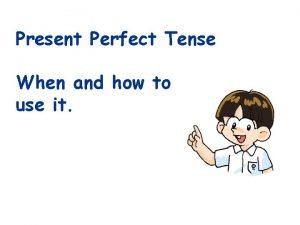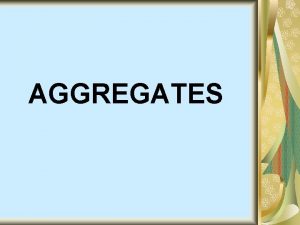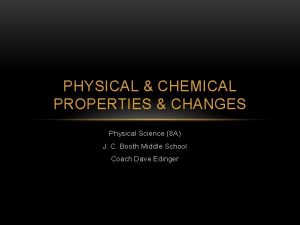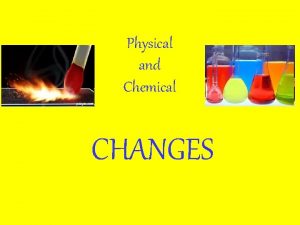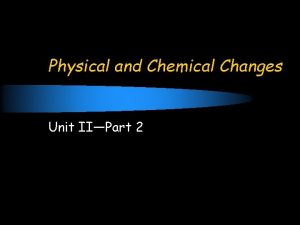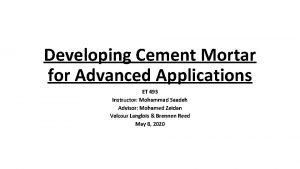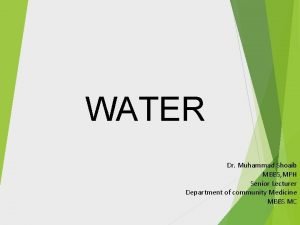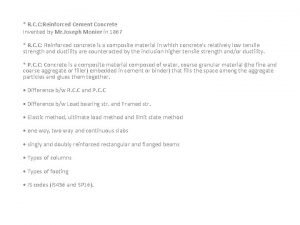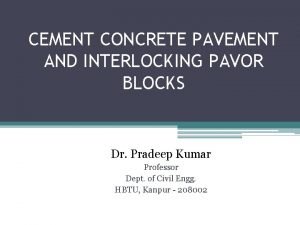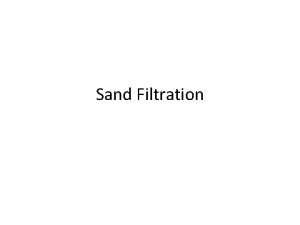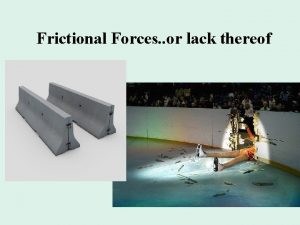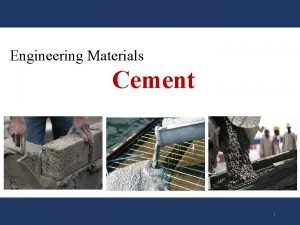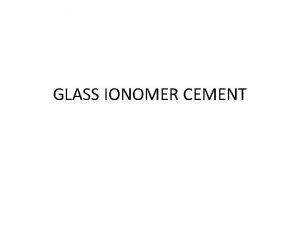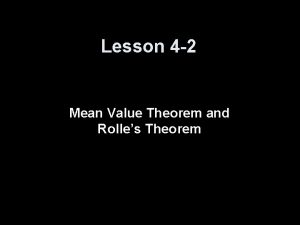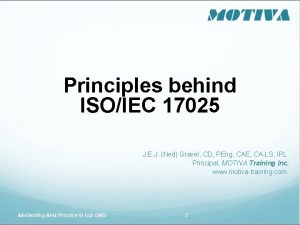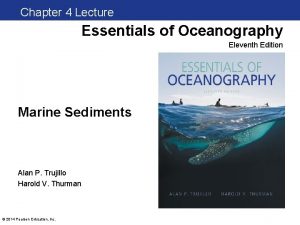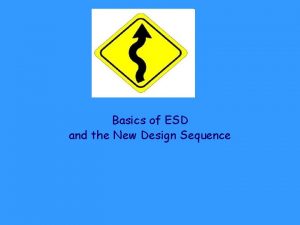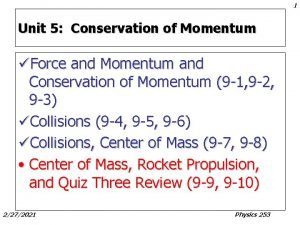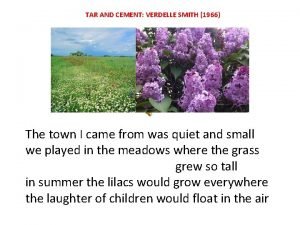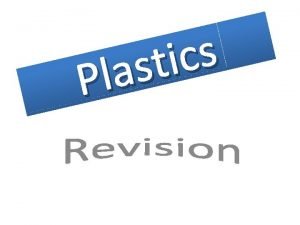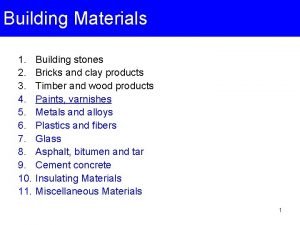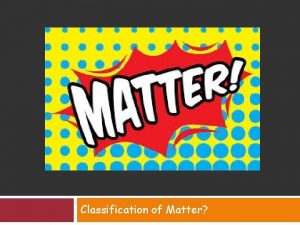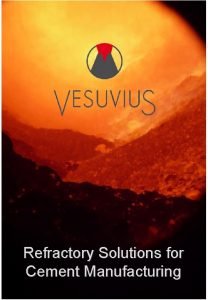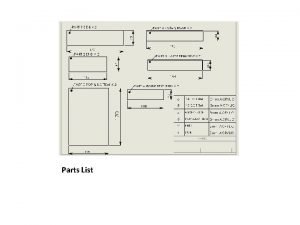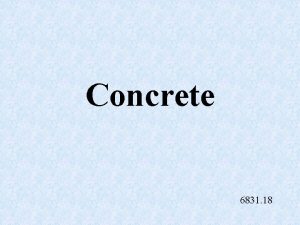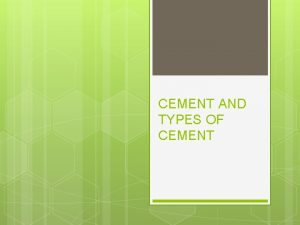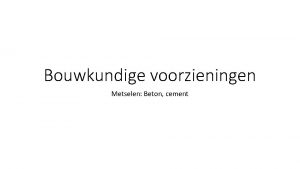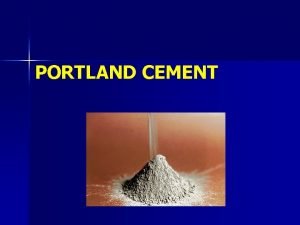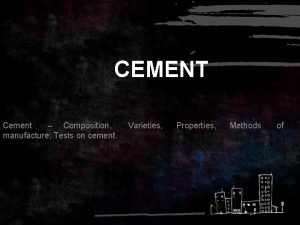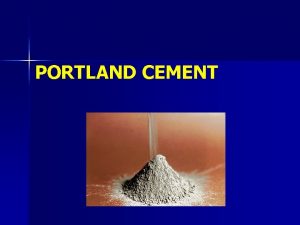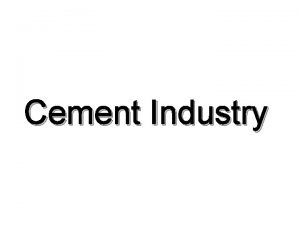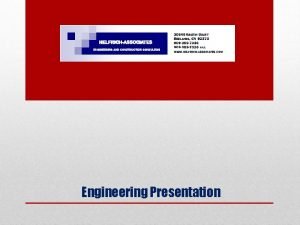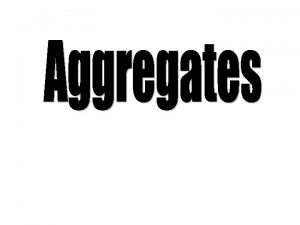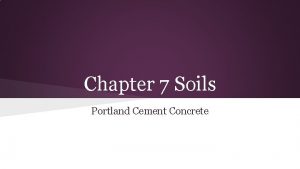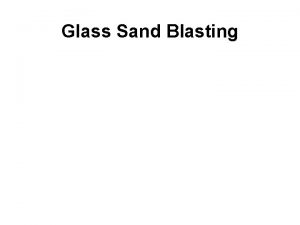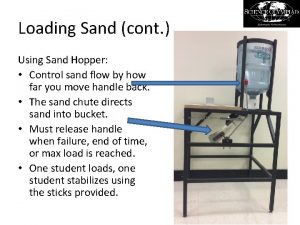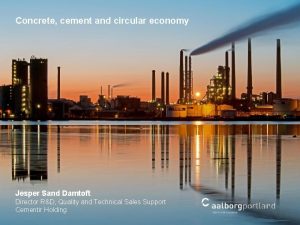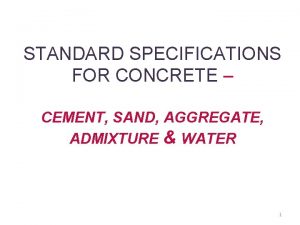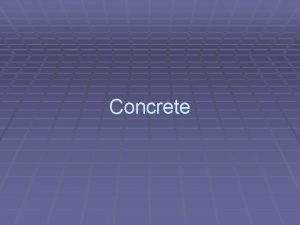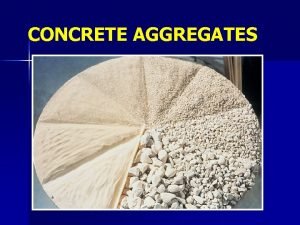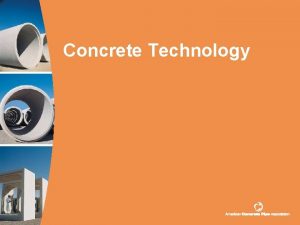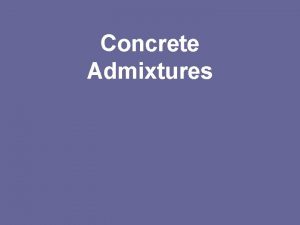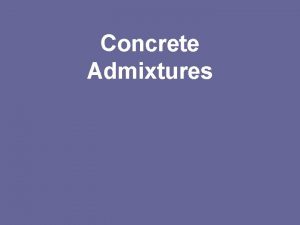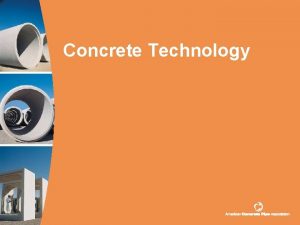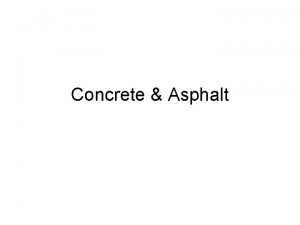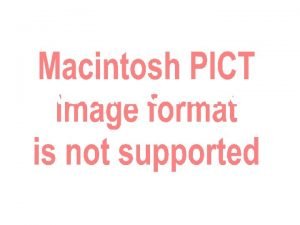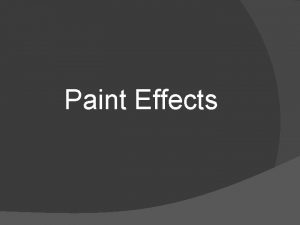Classification CONCRETE Gravel sand cement PAINT Paint and



























- Slides: 27

Classification • CONCRETE: Gravel, sand cement • PAINT: Paint and aluminum flakes • GRAPHITE/EPOX YGraphite fibers in epoxy matrix

Polymer Matrix Composites • What are the most common advanced composites? – Graphite/Epoxy – Kevlar/Epoxy – Boron/Epoxy

Polymer Matrix Composites • What are the drawbacks of polymer matrix composites? – Low operating temperatures – High CTE and CMEs – Low elastic properties in certian directions

Are Carbon and Graphite the Same? • No – Carbon fibers have 93%-95% carbon content and graphite has >99% carbon content – Carbon fibers are produced at 2400 o F and graphite fibers are produced at 3400 o F

Table 1. 4. Typical mechanical properties of polymer matrix composites and monolithic materials

Comparative Stiffness of PMCs and Metals

How to make a PMC

Schematic of Prepreg Manufacturing

Prepreg Boron/Epoxy

Autoclave Lamination

Filament Winding Video

Resin Transfer Molding

Common PMC Fibers & Matrices • Fibers – Graphite – Glass – Kevlar • Matrices – Epoxy – Phenolic – Polyester

Table 1. 5 Typical mechanical properties of fibers used in polymer matrix composites

Cost Comparison of PMC fibers Type of fiber A-glass C-glass E-glass S-2 Glass Heavy Tow Medium Tow Low Tow Kev 29 Kev 149 Cost ($ per pound) 0. 65 -. 90 0. 75 - 1. 00 6. 00 - 8. 00 9. 00 - 12. 00 15. 00 -20. 00 40. 00 -70. 00+ 12. 00 -14. 00 25. 00 -30. 00

Manufacturing of Glass Fibers

Glass Fiber Types • • • E-glass (fiberglass) - electrical applications S-glass - strength applications C-glass - Corrosion resistant D-glass - Low dielectric applications A-glass - Appearance applications AR-glass - Alkali resistant

Table 1. 6 Comparison of properties of E-glass and S-glass

Table 1. 7 Chemical Composition of E-Glass and S-Glass Fibers

Fig 1. 10 Forms of Fibers

Fig 1. 11 Manufacturing Graphite Fibers

Resin Systems • • • Polyester Phenolics Epoxy Silicone Polymide

Properties of epoxy

Curing Stages of Epoxy

Comparison of Resins

Difference between thermosets and thermoplastics

Pre-Preg Graphite/Epoxy
 Present perfect tense
Present perfect tense Fineness modulus of sand
Fineness modulus of sand Separating sand from gravel chemical or physical change
Separating sand from gravel chemical or physical change Separating sand from gravel physical or chemical change
Separating sand from gravel physical or chemical change Is separating sand from gravel a chemical change
Is separating sand from gravel a chemical change Mortar mix water ratio
Mortar mix water ratio Difference between rapid sand filter and slow sand filter
Difference between rapid sand filter and slow sand filter Rcc reinforced cement concrete
Rcc reinforced cement concrete Cube test formula
Cube test formula Dr pavor
Dr pavor Perbedaan rapid sand filter dan slow sand filter
Perbedaan rapid sand filter dan slow sand filter Lack of friction
Lack of friction Dry sand casting
Dry sand casting Tobermonite gel is chemically
Tobermonite gel is chemically Glass ionomer types
Glass ionomer types Informal inventory
Informal inventory Concrete semi concrete abstract
Concrete semi concrete abstract Gravel is being dumped from a conveyor belt at a rate of
Gravel is being dumped from a conveyor belt at a rate of Ned gravel
Ned gravel Clicker gravel transport
Clicker gravel transport Submerged gravel wetland
Submerged gravel wetland A hopper drops gravel at a rate of 75 kg
A hopper drops gravel at a rate of 75 kg Tar and cement
Tar and cement Tensol cement advantages and disadvantages
Tensol cement advantages and disadvantages Classification of paints
Classification of paints What is classification of matter
What is classification of matter Rammable refractory factories
Rammable refractory factories Liquid solvent cement
Liquid solvent cement
